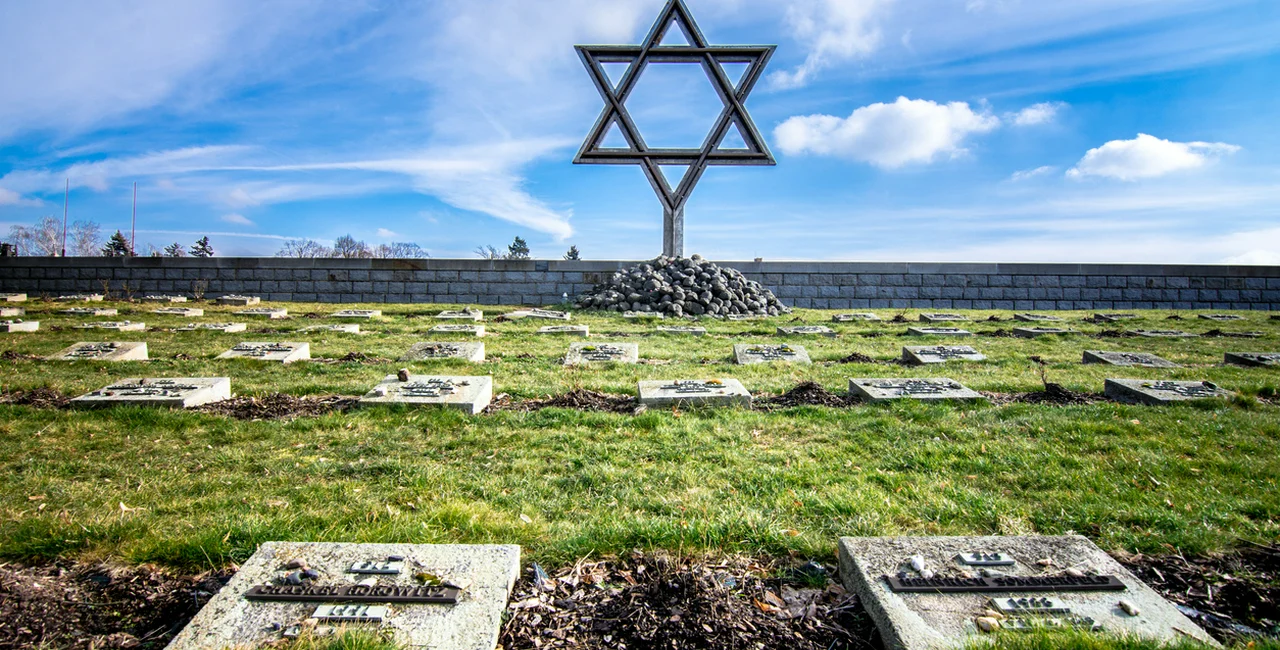Terezín, North Bohemia, Jan 28 (CTK) – The Terezín Memorial, situated on the site of a wartime Jewish ghetto and Nazi transit camp, today opened a new permanent exhibition highlighting the then transports of Jews from Terezín (Theresienstadt), its director Jan Roubinek has told CTK.
The exhibition marks the 75th anniversary of the liberation of the Auschwitz concentration camp.
It has been installed in a weighing house at the end of a rail track leading to Terezín and connecting it with the Prague-Dresden railway line. The house also served as a depot for supplies coming to the ghetto.
The new exhibition shows the history of the transports of Jews from Terezín to other camps, often extermination ones, Roubinek said.
He said the Terezín Memorial lacked an exhibition focusing on the transports so far. “Symbolically, we managed to install it in this house that is connected with the transports,” Roubinek said, adding that all people entering Terezín or departing from it had to go past the weighing house, either on train or on foot.
The exhibition includes photos, letters and excerpts from the diaries of the Jewish inhabitants of the ghetto.
The names of those Jewish inmates whom historians managed to identify, are available online along with the people’s anabases in various wartime camps and their fates.
The exhibition opening was attended by Hanus Hron, one of the survivors whose name can also be read among the wartime Terezín inmates.
Born in 1927, Hron spent most of the war in Terezín, and some time also in a camp in Germany.
“I was among about 200 selected craftsmen…I worked there as a plumber and locksmith. I seem to have worked well, since I survived all that,” Hron said.
After the occupation of the Czech Lands by Nazi Germany in March 1939, the Nazis selected the former garrison town Terezín, founded by Habsburg Emperor Joseph II in the late 18th century, as a ghetto for European Jews during the war, while the nearby Small Fortress turned into the Prague Gestapo prison.
During WWII, transports of Jews, first from the Protectorate Bohemia and Moravia and then from other countries, such as Slovakia, Germany, Hungary, Austria and Denmark, arrived in the town of Terezín. Over 155,000 Jews were gradually sent to Terezín in 1941-1945 and 118,000 of them died during the war.
A memorial was established in the Small Fortress in 1947. The Ghetto Museum was opened in the town in 1991 only, after the collapse of the communist regime.












 Reading time: 2 minutes
Reading time: 2 minutes 























